Tick, Tock: Unraveling the Essentials of Watch Knowledge and Common Sense
In a world where seconds slip through our fingers like grains of sand, the humble watch stands as a testament to human ingenuity and our relentless pursuit of time management. From intricate mechanical masterpieces that whisper tales of artisan craftsmanship to digital marvels that pulse with modern technology, timepieces have woven themselves into the very fabric of our lives. Yet, amidst the allure of glimmering dials and ticking gears, lies a wealth of knowledge that often eludes even the most discerning enthusiasts. This article invites you on a journey to demystify the essentials of watch knowledge, melding practical insight with common sense. Whether you’re a seasoned collector, a casual wearer, or simply curious about the art of horology, join us as we explore the nuances that can elevate your understanding of timekeeping and help you make informed choices in a world that so often rushes by. Tick, tock—the time to learn is now.
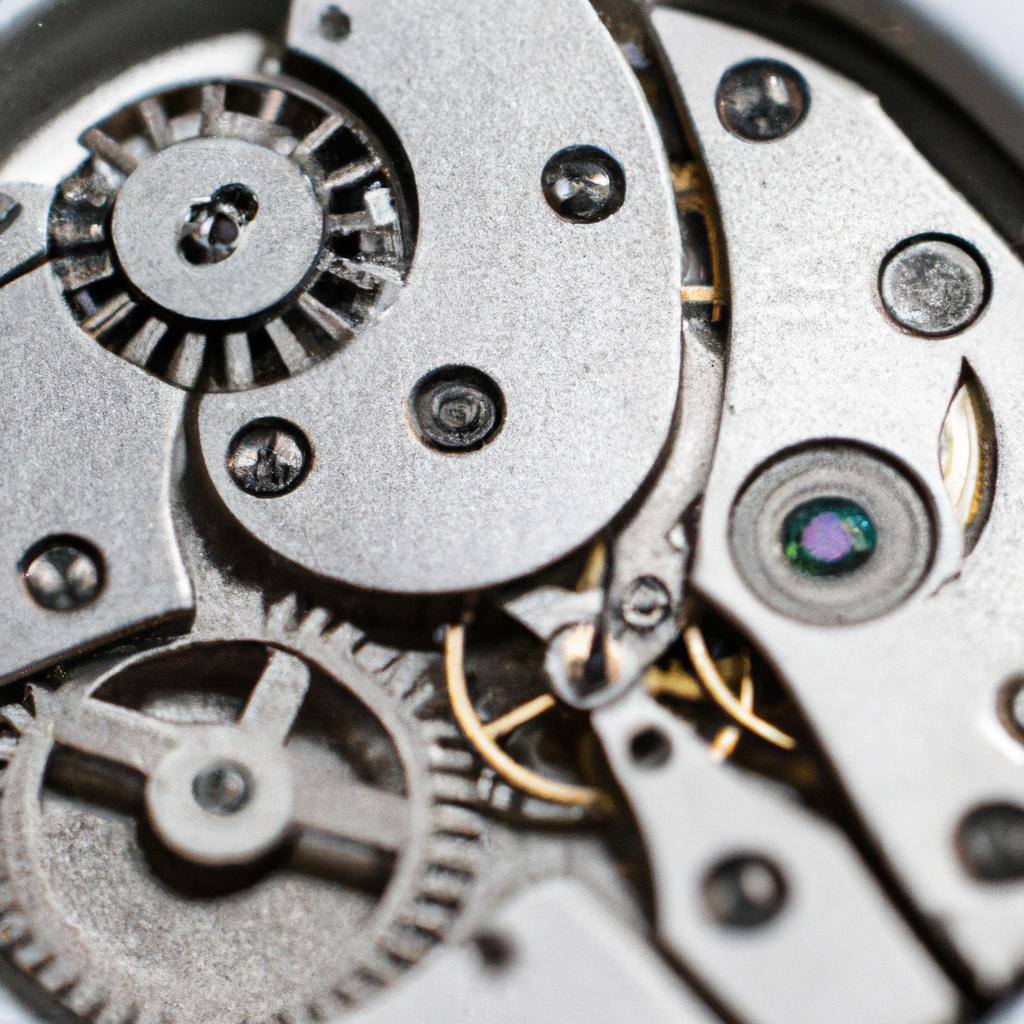
Understanding Watch Mechanisms for Informed Choices
The intricate world of watch mechanisms can feel overwhelming at first glance, but a little understanding goes a long way in helping you make informed choices. At the heart of every timepiece lies its movement—a complex system that dictates how time is measured and displayed. The two predominant categories you’ll encounter are **mechanical** and **quartz** movements. Mechanical watches are often revered for their craftsmanship, featuring a series of gears and springs that require winding, either manually or automatically. In contrast, quartz watches are powered by a battery, utilizing electronic oscillation to keep precise time. Knowing the differences between these movements can significantly affect your choice, especially if you value artistry over convenience.
Another critical aspect to consider is the **watch complications**, which enhance a watch’s functionality beyond mere timekeeping. Some popular complications include:
- Chronograph: A stopwatch feature that allows for the precise timing of events.
- Date Display: Shows the current date, often found at 3 o’clock on the dial.
- Moon Phase: Indicates the current phase of the moon, appealing to those with a love for astronomy.
- Tourbillon: A mechanism designed to improve accuracy by counteracting the effects of gravity.
These features can not only enhance your daily experience but also reflect your personality and interests. Whether you’re drawn towards sophisticated complications or prefer the simplicity of a classic design, understanding these mechanisms is vital. To assist with your choices, here’s a simple table that categorizes key movement types alongside their characteristics:
| Movement Type | Power Source | Maintenance |
|---|---|---|
| Mechanical | Winding (manual/automatic) | Regular servicing recommended |
| Quartz | Battery | Battery replacement every 1-3 years |
| Hybrid | Solar power and quartz | Minimal maintenance required |
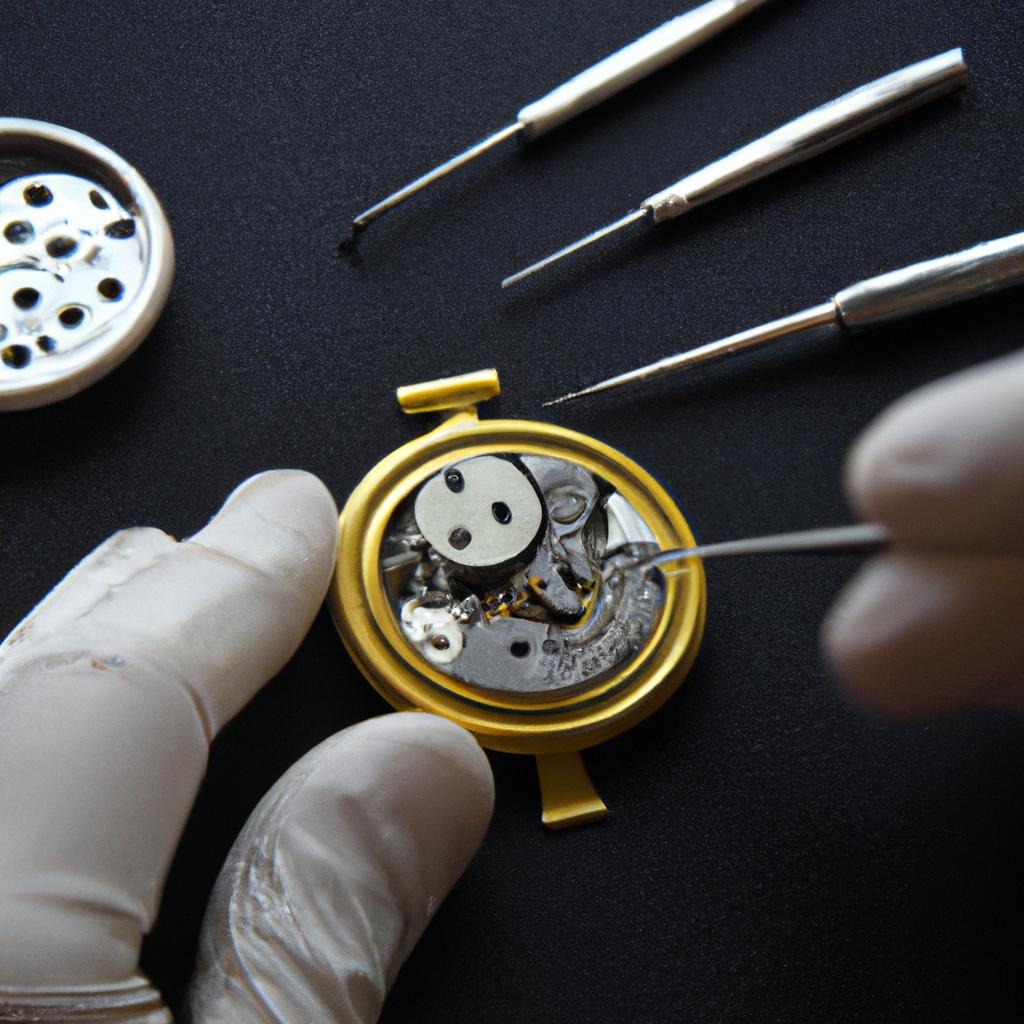
The Art of Watch Maintenance for Longevity and Performance
Maintaining a watch is not just an act of care; it’s an art that weaves together precision and passion. Regular maintenance plays a crucial role in preserving the intricate mechanisms that define a watch’s longevity. To ensure your timepiece remains in tip-top shape, consider the following essential practices:
- Routine Cleaning: Every watch accumulates dust and grime over time. Use a soft cloth and a cleaning solution designed for watches to gently wipe the case and bracelet.
- Water Resistance Checks: If your watch is water-resistant, it’s advisable to have it checked annually to prevent moisture damage.
- Service Intervals: Many watchmakers recommend servicing every 3-5 years, depending on the model and usage. This will help keep the movement lubricated and in peak condition.
In addition to these maintenance practices, understanding the signs of a watch in distress can save you from costly repairs. A watch that runs slow, fast, or stops altogether may require immediate attention. Here’s a simple table representing common issues and their potential solutions:
| Issue | Possible Solution |
|---|---|
| Runs Slow | Check for lubrication issues; may need servicing. |
| Runs Fast | Could be magnetized; demagnetization may be needed. |
| Stops Completely | Replace the battery or unwind mechanism; consider full servicing. |
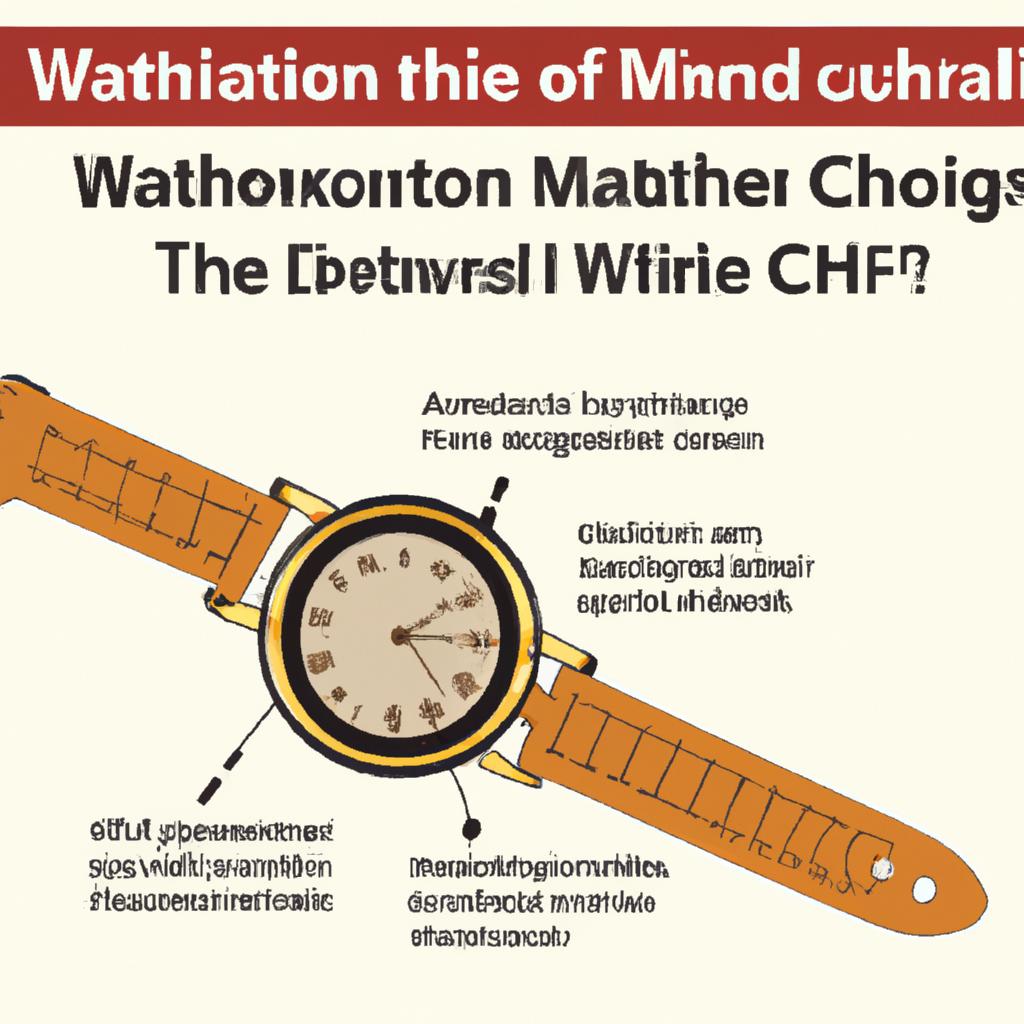
Decoding Watch Material Types and Their Impact on Style and Durability
When it comes to watch materials, each type carries its own distinctive charm and resilience, shaping not just the watch’s aesthetic but also its longevity. From the luxurious **18k gold** that exudes opulence to the rugged **stainless steel** that offers both durability and versatility, the choice of material can elevate a timepiece to iconic status. Similarly, **ceramic** watches appeal to those with a modern flair, combining a lightweight nature with a scratch-resistant surface, while **titanium** gives a gold-standard option for those seeking strength without excess weight. Each material brings a unique texture and color profile, creating a tapestry of styles that cater to the diverse preferences of enthusiasts.
In terms of functionality, the material significantly influences a watch’s resilience against the elements. For instance, **sapphire crystal** provides exceptional scratch resistance, protecting the delicate face of the watch, while **nylon** or **leather** straps contribute to comfort and adaptability. Here’s a simple breakdown of materials and their characteristics:
| Material Type | Style | Durability |
|---|---|---|
| Stainless Steel | Classic & Versatile | Highly Durable |
| Gold | Luxurious & Prestige | Medium Durability |
| Ceramic | Modern & Sleek | Scratch Resistant |
| Titanium | Lightweight & Strong | High Durability |
| Nylon | Casual & Functional | Wearable Comfort |
The Way Forward
As our journey through the intricate world of timepieces comes to a close, we hope that the ticking hands of knowledge have synchronized with your understanding of watch fundamentals and practical wisdom. Whether you’re a seasoned horologist or a casual admirer of craftsmanship, the essence of watch knowledge empowers you to appreciate not just the mechanics of a timekeeper, but the art and history woven into its very fabric.
In a world where every second counts, let us remember that time is not merely a measure but a canvas upon which our experiences are painted. Next time you find yourself glancing at your wrist, ponder the stories that tick away silently within. Armed with the insights gleaned from our exploration, you can navigate the fascinating realm of horology with confidence, curiosity, and a touch of common sense. So here’s to the ticks and tocks of life—may they guide you well on your journey through time.

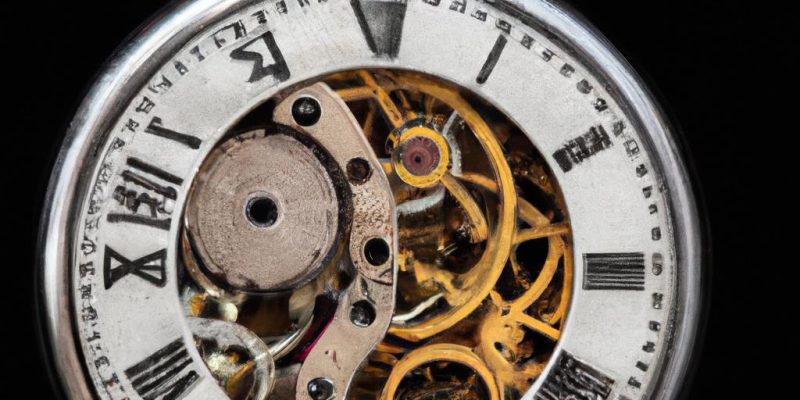













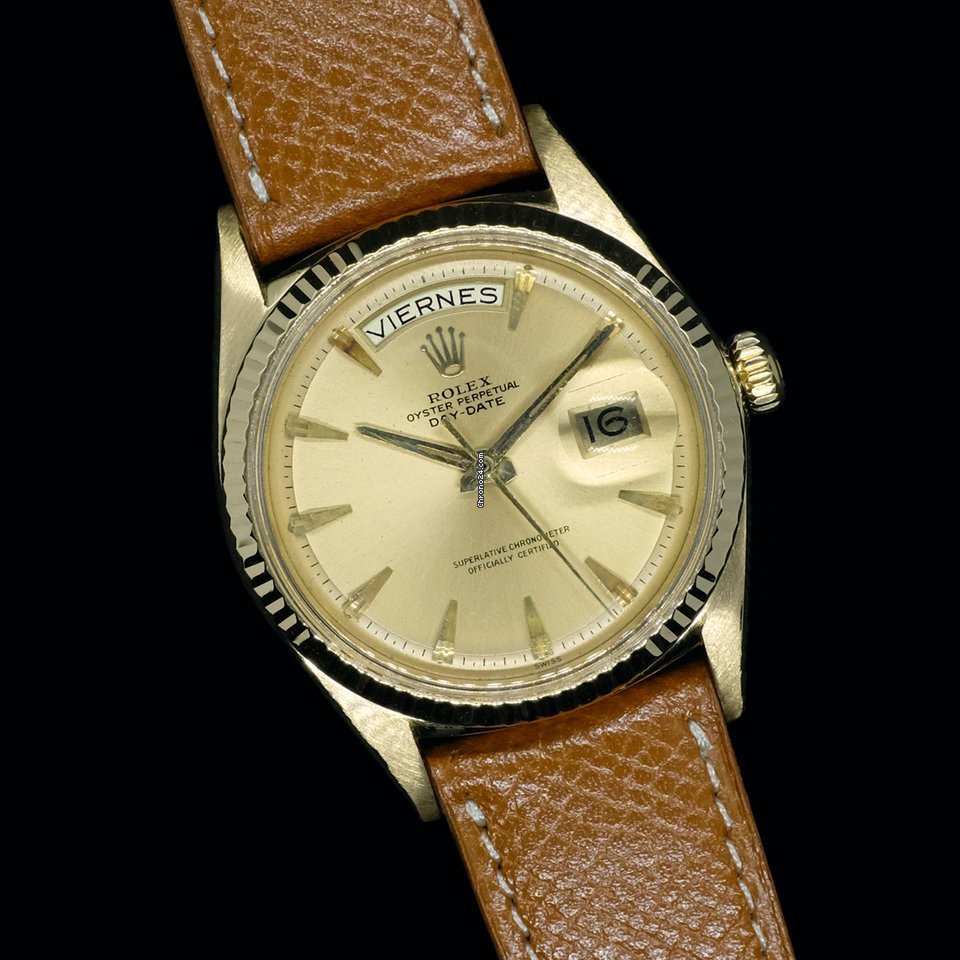

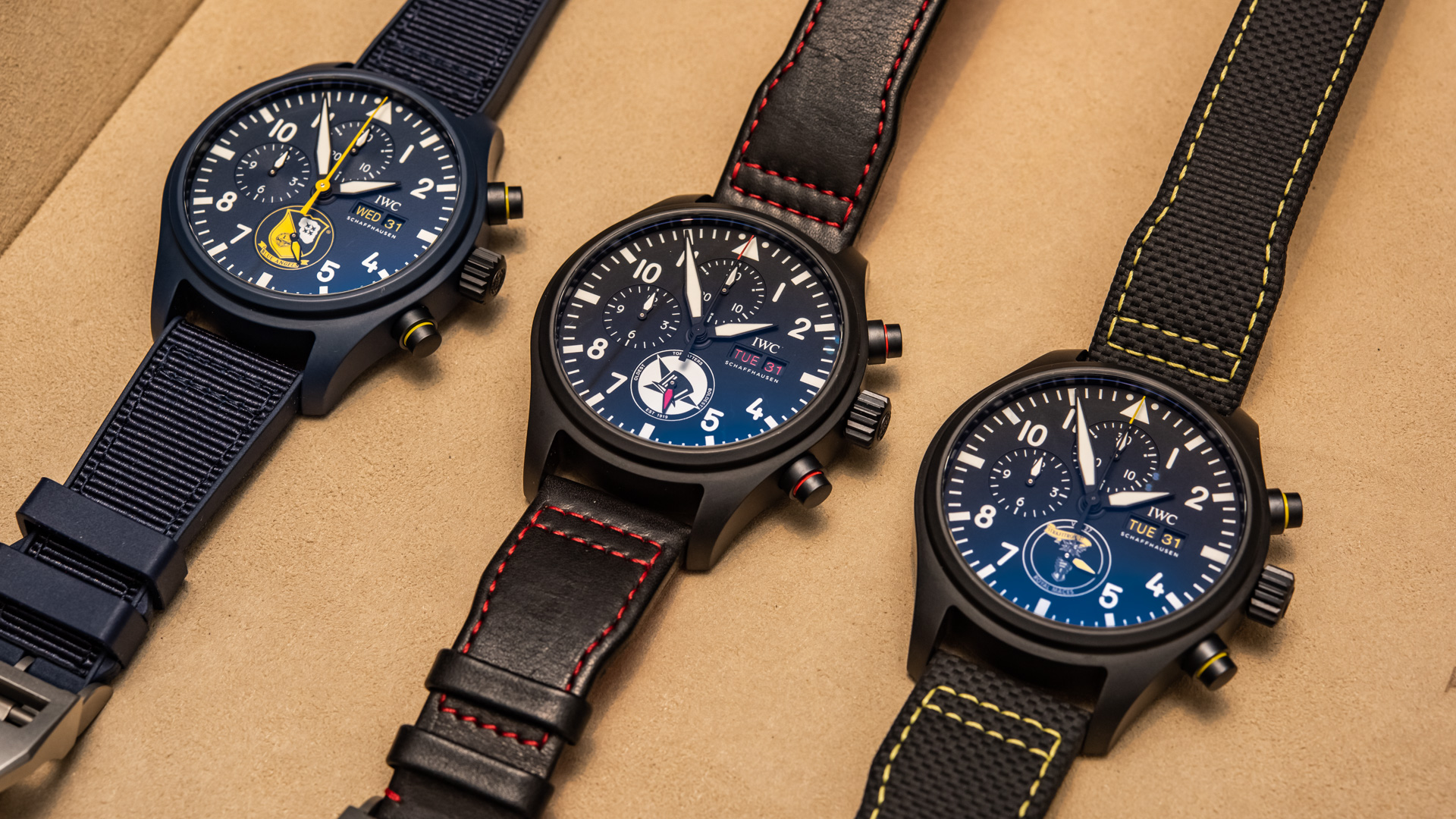
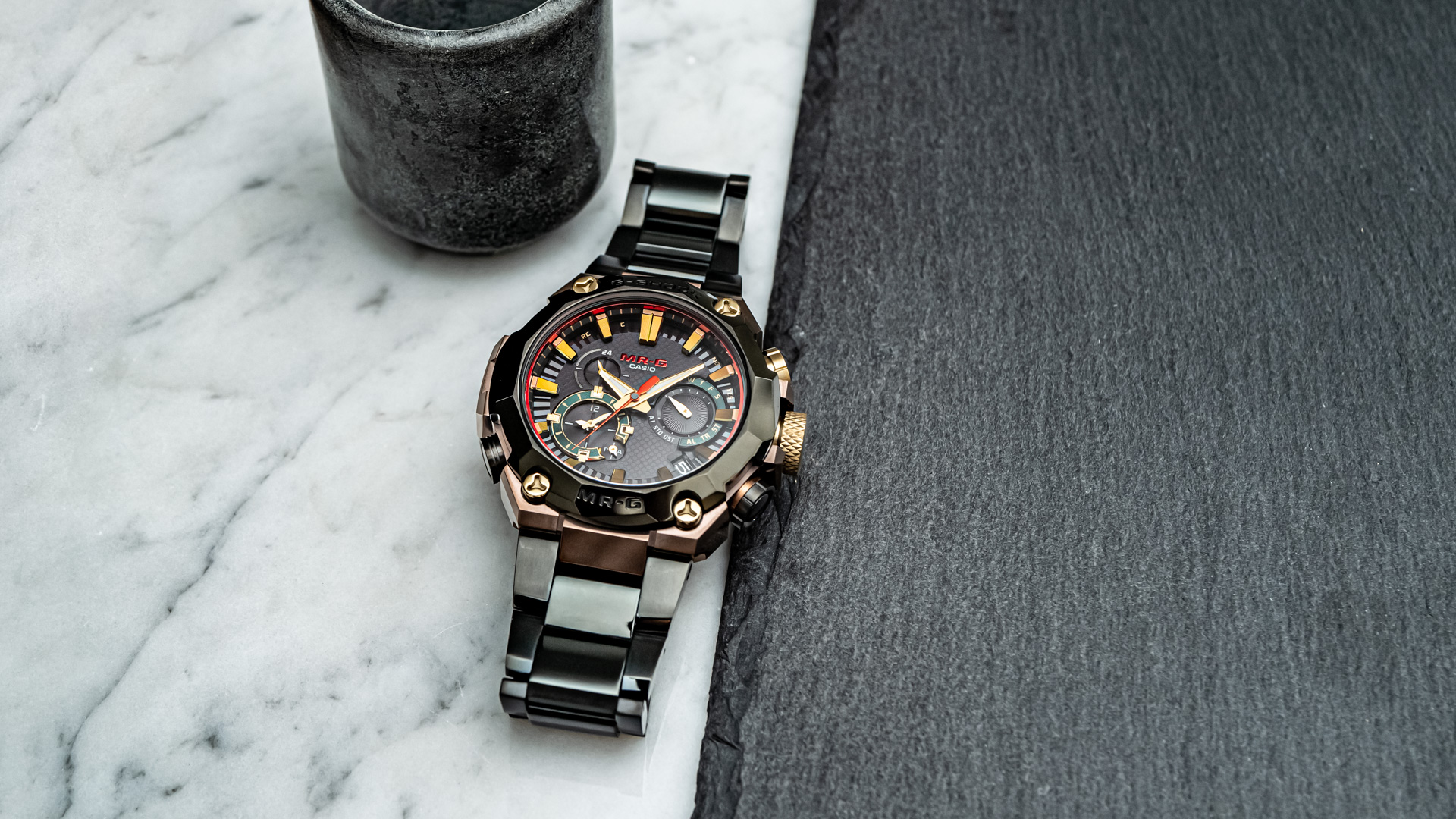


Comments